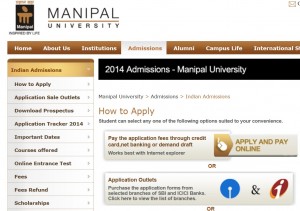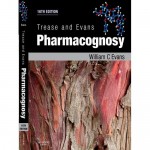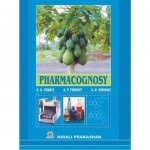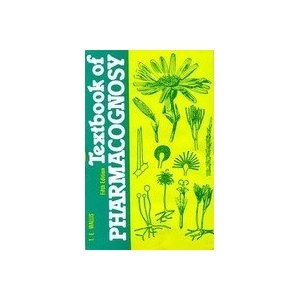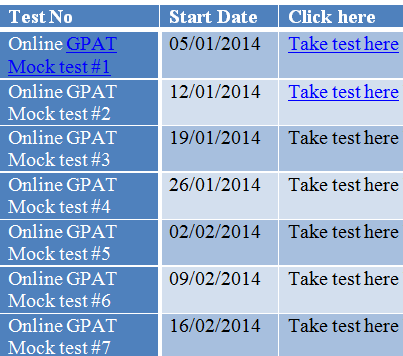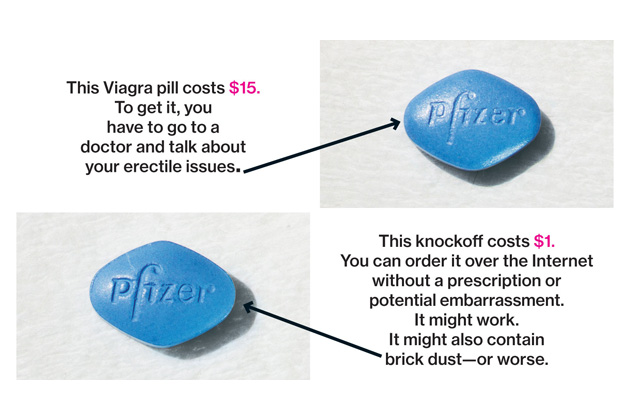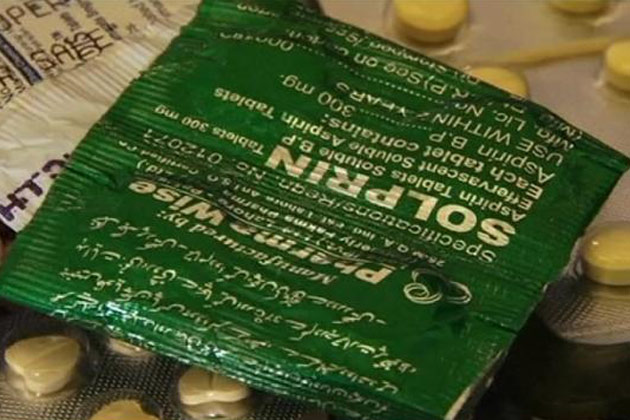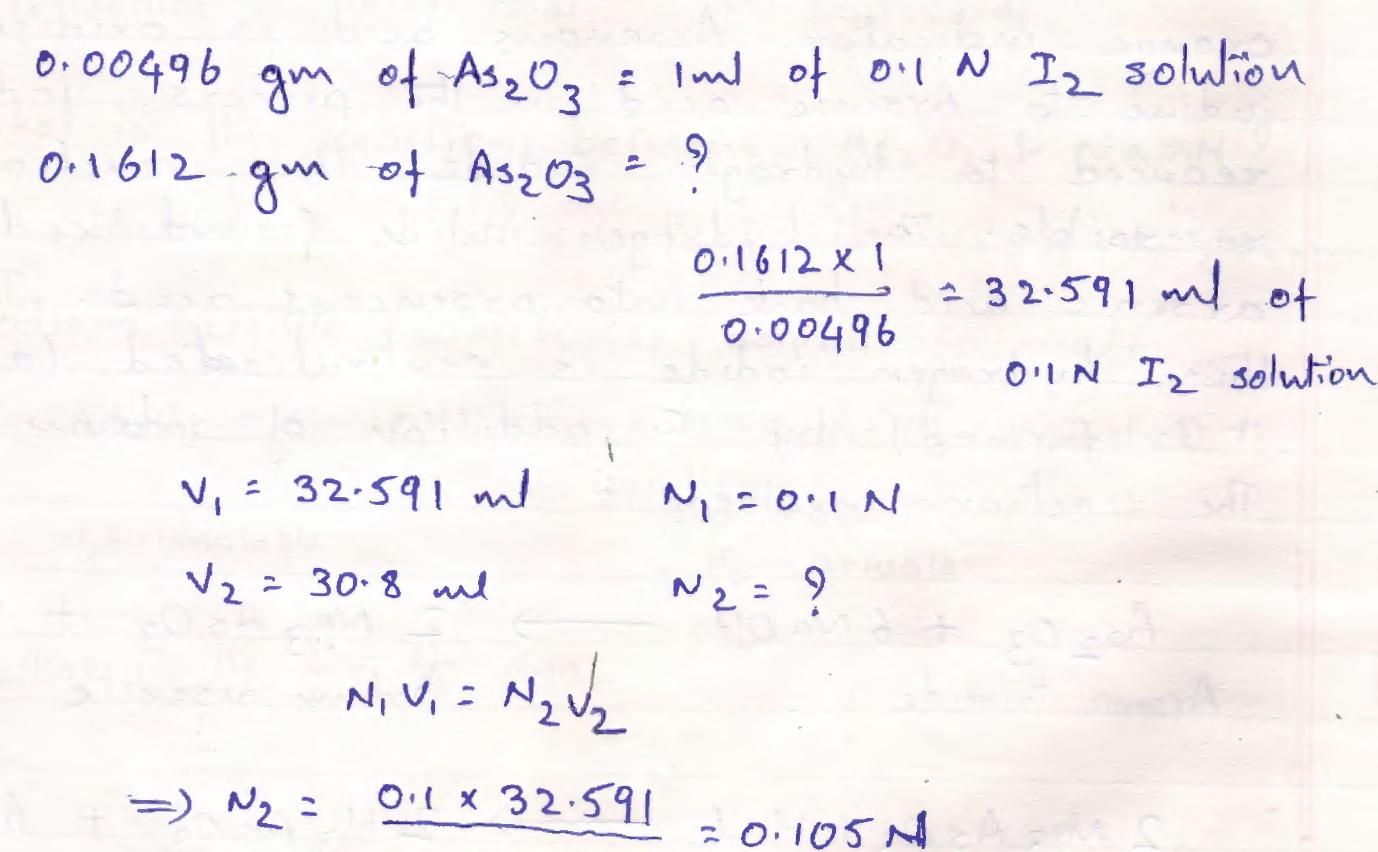THE DRUGS AND COSMETICS ACT of 1940 has definitions of adulterated , misbranded and spurious drugs. The definitions are nice but what exactly is the difference between the three?
Test your knowledge
Case studies:
Q.1 Mr. Raj is an Bpharm graduate who starts an industry of manufacturing drugs. His first project is for supply of diclofenac sodium tablets for marketing purposes. However being the first time he forgot to include the Schedule H warning on his tablet label. As such his drug will be considered as ?
A. Misbranded
B.Adulteraed
C. Spurious
Ans. Deficiences in labeling will be categorized under MISBRANDED drugs
Q.2 Ranbaxy lost its FDA licensing for manufacturing of drugs in its Indian factories. Traces of human hair were found in the final tablets supplied by Ranbaxy. The USFDA labeled these drugs as -_____________?
A. Misbranded
B.Adulteraed
C. Spurious
Ans. The tablets contain extraneous matter. As such the drug will be considered as Adulterated.
Q.3 Mr.Sharma has recently shifted his factory from one place to another. However he has not made necessary changes in the labeling of drugs. This is a case of_______ drugs?
A. Misbranded
B.Adulteraed
C. Spurious
Ans: SPURIOUS drugs. Because the actual location of the manufacturer is not specified
Q.4 Priya is the daughter of an industrialist who owns a big factory producing Paracetamol tablets. She suggests to her father that Paracetamol tablets should be made in Orange colour to improve the overall elegance of the product. Also it will be appealing to patients and increase their sales. Is she right?
Ans: Using of colours which are not permitted leads to identification of drug as spurious and attracts legal action
The actual definitions from the Drug and cosmetics Act are:
Misbranded drugs. –For the purposes of this chapter, a drug shall be deemed to be misbranded,
(a) If it is so colored, coated, powdered or polished that damage is concealed or if it is made to appear of better or greater therapeutic value than it really is; or
(b) If it is not labelled in the prescribed manner; or
(c) If its label or container or anything accompanying the drug bears any statement, design or device which Makes any false claim for the drug or which is false or Misleading in any particulars
Adulterated drugs. –For the purposes of this chapter, a drug shall be deemed to be adulterated,
(a) If it consists in whole or in part, of any filthy, putrid or decomposed substance; or
(b) If it has been prepared, packed or stored under insanitary conditions where by it may have been contaminated with filth or whereby it may have been rendered injurious to health; or
(c) If its container is composed, in whole or in part, of any poisonous or deleterious substance which may render the contents injurious to health; or
(d) If it bears or contains, for purposes of colouring only, a colour other than one which is prescribed; or
(e) If it contains any harmful or toxic substance which may render it injurious to health; or
(f) If any substance has been mixed therewith so as to reduce its quality or strength.
Spurious drugs. –For the purposes of this chapter, a drug shall be deemed to be spurious, –
(a) If it is manufactured under a name which belongs to another drug; or
(b) If it is an imitation of, or is a substitute for, another drug or resembles another drug in a manner likely to deceive or bears upon it or upon its label or container the name of another drug unless it is plainly and conspicuously marked so as to reveal its true character and its lack of identity with such other drug; or
(c) If the label or container bears the name of an individual or company purporting to be the manufacturer of the drug, which individual or company is fictitious or does not exist; or
(d) If it has been substituted wholly or in part by another drug or substance; or
(e) If it purports to be the product of a manufacturer of whom it is not truly a product.
References:
http://www.lawsindia.com/Advocate%20Library/c86.htm#s16
http://www.law.cornell.edu/uscode/text/21/352
http://ibnlive.in.com/news/pakistan-toll-in-spurious-drugs-incident-reaches-100/224567-56.html
